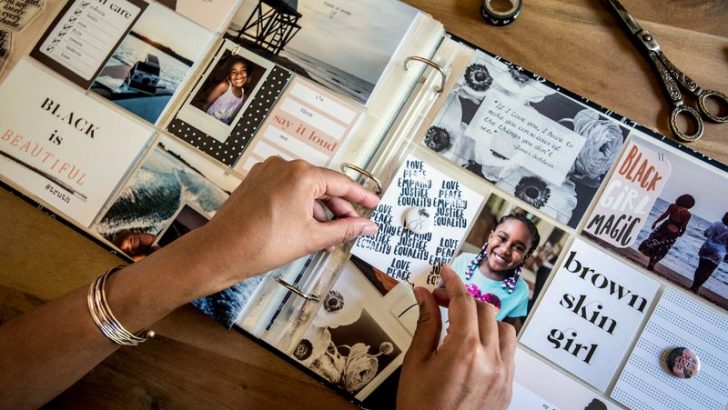As time marches on, the cultural landscape continuously evolves, and with each passing generation, certain cherished customs slowly slip into obscurity. For many Baby Boomers, these traditions have been a cornerstone of their upbringing and identity. They hold memories of a simpler time, when activities were as much about community and connection as they were about the activities themselves.
As this generation gradually passes the torch to younger ones, some beloved traditions may be at risk of fading away completely. Here’s a nostalgic look at 14 traditions that may soon become relics of the past.
1. Handwritten Letters
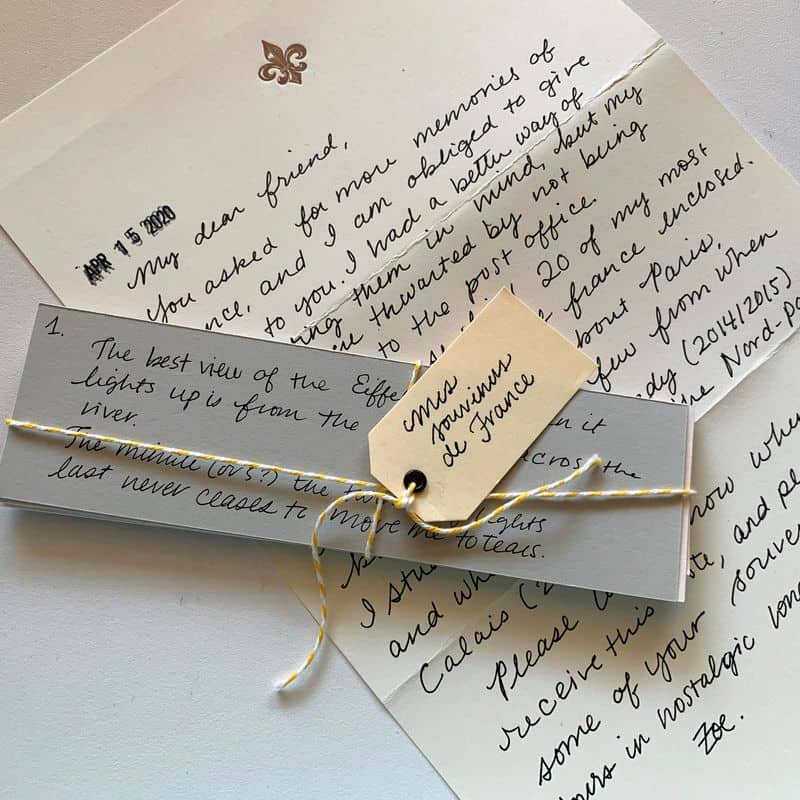
Handwritten letters, once a primary mode of communication, are becoming rare. Older generations cherished the personal touch and effort it took to compose a letter. Today, instant messaging and emails dominate. Handwritten letters allowed for thoughtful expression, often saved as keepsakes. The anticipation of receiving a letter in the mail created a unique sense of excitement. Connecting with loved ones through pen and paper was more than just communicating; it was about sharing a piece of one’s life. As technology advances, this personal form of communication is slowly fading.
2. Sunday Family Dinners
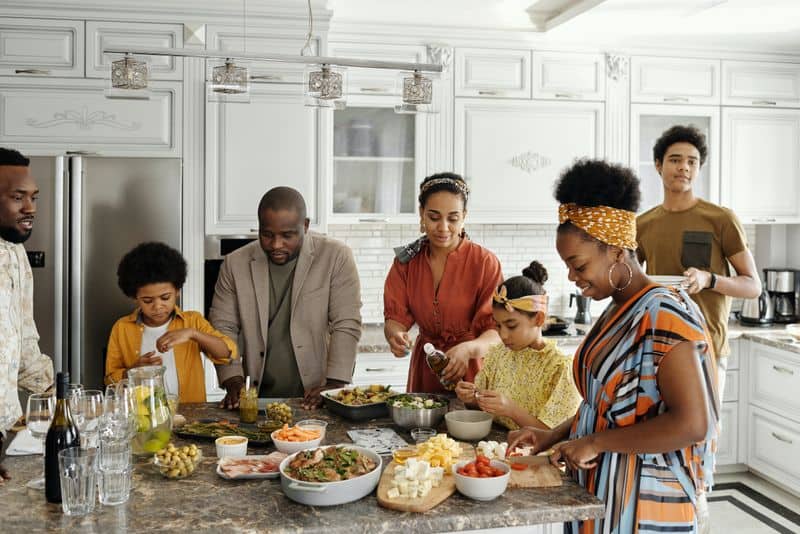
Sunday family dinners were a time-honored tradition, fostering family bonds and creating lasting memories. Boomers remember these gatherings as opportunities to connect, share stories, and enjoy home-cooked meals. It was a time when families prioritized togetherness over busy schedules. Such dinners provided a sense of continuity and familial support. However, with today’s fast-paced lifestyles and global families, this tradition is often replaced by quick meals or virtual meetings. The warmth and camaraderie of Sunday dinners may soon be a memory cherished by few.
3. Analog Photography
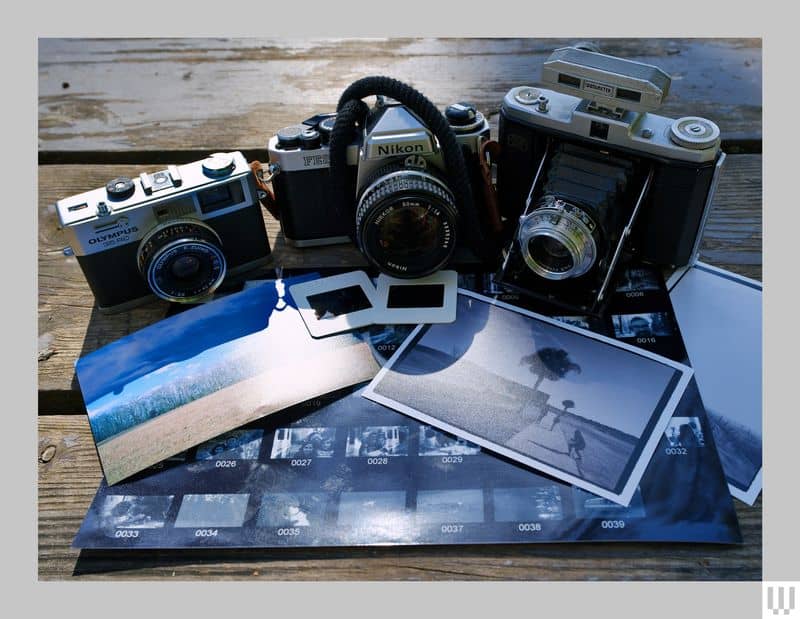
Analog photography captured moments with a tangible, lasting quality. Baby Boomers grew up with film cameras, developing photos, and creating physical albums. Unlike digital images, each shot was deliberate, valued, and often a family event. Developing film was an exciting process, filled with anticipation. Physical photos adorned walls and filled albums, creating a tactile history. Today, digital photos dominate, often lost in virtual storage. The art and patience of analog photography, once a popular hobby, are fading as digital convenience takes over.
4. Vinyl Records
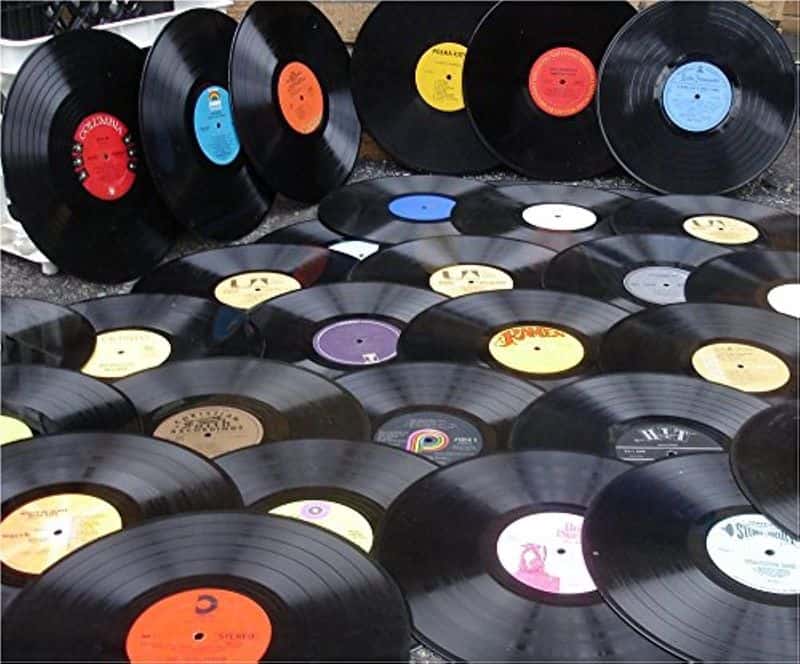
Vinyl records offer a rich, warm sound that many Boomers fondly remember. Collecting records was as much about the music as it was about the album art and liner notes. Listening to music was a deliberate act, involving carefully placing the needle and flipping the record. It’s an experience digital music can’t replicate. Despite a recent vinyl resurgence, for many younger people, music is now digital and portable. As Boomers age, the tradition of collecting and playing vinyl records, with its unique rituals, may gradually decline.
5. Drive-In Theaters
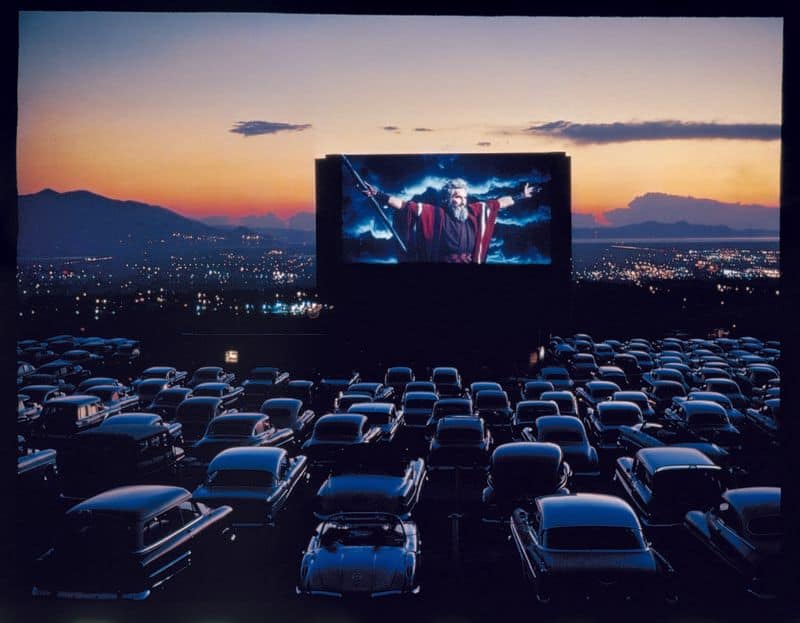
Drive-in theaters were a staple of entertainment for Boomers, offering a unique blend of cinema and social gathering. The experience of watching a movie from one’s car, under the stars, created a special kind of magic. It encouraged community interaction and family outings. Today, drive-ins struggle against modern cinemas and at-home streaming services. The nostalgia of drive-ins is fondly remembered by Boomers, but as these venues become less common, the tradition may become a cherished memory of the past.
6. Rotary Phones
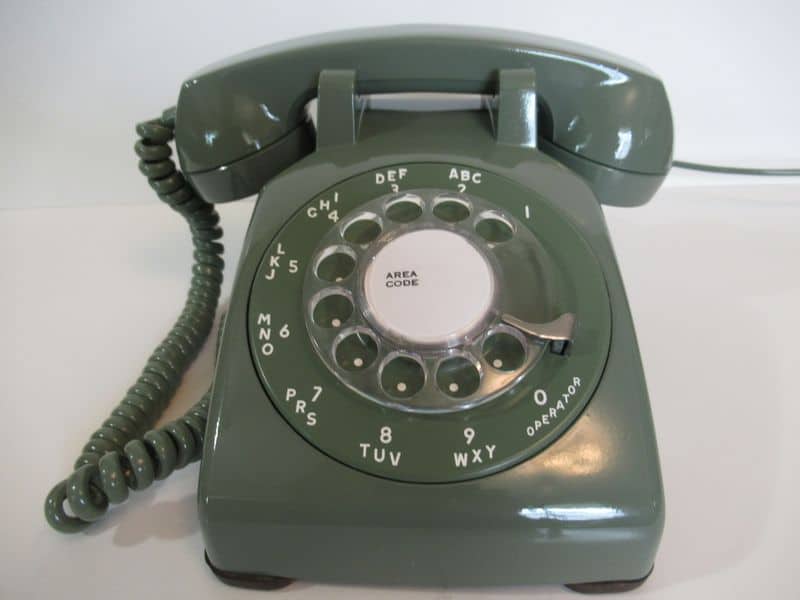
Rotary phones, with their distinctive dialing mechanism, were once a household staple. For Boomers, these phones symbolize a time before instant connectivity, when making a call required patience and intention. Conversations were deliberate, as one was usually tied to a cord. The tactile feel of the rotary dial and the sound of its return were satisfying. With the advent of smartphones, rotary phones have become obsolete. The charm and simplicity of these devices, and the era they represent, are fading from memory.
7. Home-Made Quilts
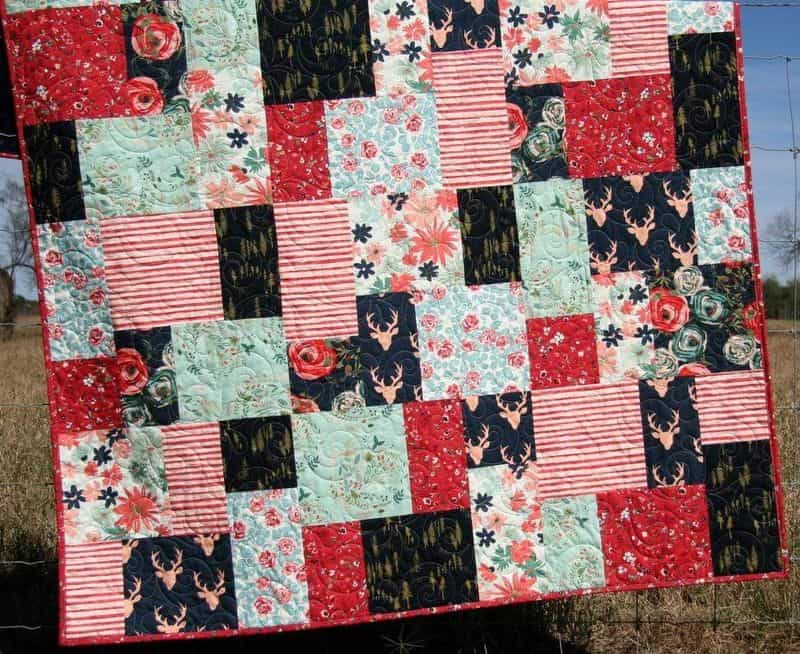
Home-made quilts are more than just blankets; they are labors of love. Baby Boomers often received quilts that told family stories, with each patch holding significance. Quilting was a communal activity, bringing people together to share skills and stories. The time and care required made these quilts treasured heirlooms. In today’s fast-paced world, mass-produced textiles dominate. The tradition of quilting, with its emphasis on craftsmanship and community, is at risk of fading as fewer people take up the craft.
8. Bowling Leagues

Bowling leagues were a popular social activity, providing camaraderie and competition for Boomers. These leagues fostered friendships and community spirit, offering regular social gatherings outside of work and home. Playing in leagues allowed for skill development and friendly rivalry. Many Boomers fondly recall their time spent in bowling alleys. Today, as recreational options diversify and lifestyles change, bowling leagues see a decline in participation. The tradition, once a staple of social life, may become a distant memory for future generations.
9. Cable TV Marathons

Cable TV marathons were a beloved pastime, offering endless episodes of favorite shows. Boomers cherished these lazy weekends, immersed in back-to-back viewing. It was a shared experience, often with the family gathered around the TV. The anticipation of scheduled programming added excitement. Today, streaming services provide on-demand content, eliminating the need to wait. While convenient, this shift changes how media is consumed. The communal aspect of scheduled marathons is fading, as personalized viewing becomes the norm, leaving Boomers nostalgic for shared TV experiences.
10. Physical Photo Albums

Physical photo albums tell stories of family history through carefully arranged pictures. Baby Boomers cherished the process of selecting photos, arranging them, and adding captions. Albums were a tangible link to the past, often shared during family gatherings. Unlike digital albums, these collections were curated with care and intention. Today, photos are often stored digitally, unseen and unorganized. The ritual of creating physical albums is becoming rare. As Boomers reminisce about these tactile memories, future generations may miss out on this intimate storytelling tradition.
11. Library Book Clubs
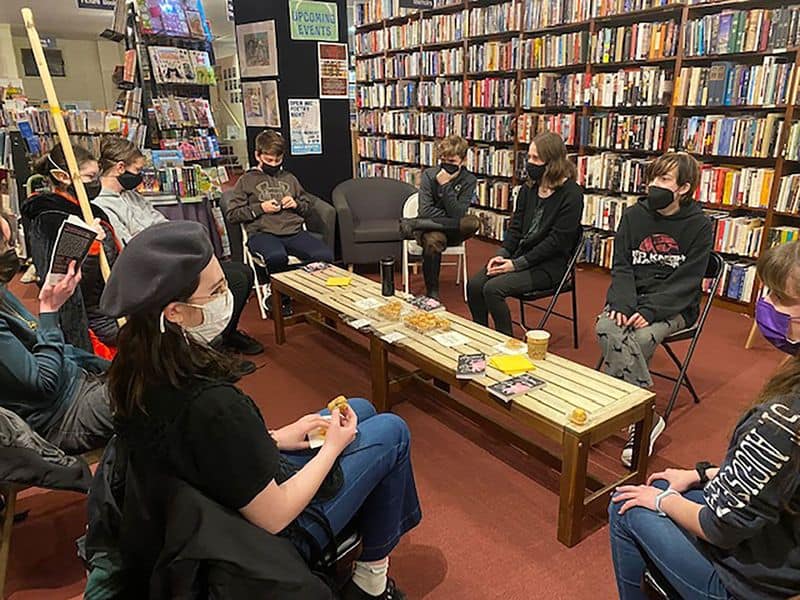
Library book clubs fostered a love of reading and community among Boomers. These gatherings offered a space to explore literature, share insights, and connect with fellow readers. The personal interaction and lively discussions created bonds among members. In an age of digital media and busy schedules, traditional book clubs face challenges in maintaining participation. While virtual book clubs rise, they lack the tangible connection of in-person meetings. The tradition of meeting in libraries to discuss books may slowly fade, cherished by those who remember its value.
12. Classic Car Shows
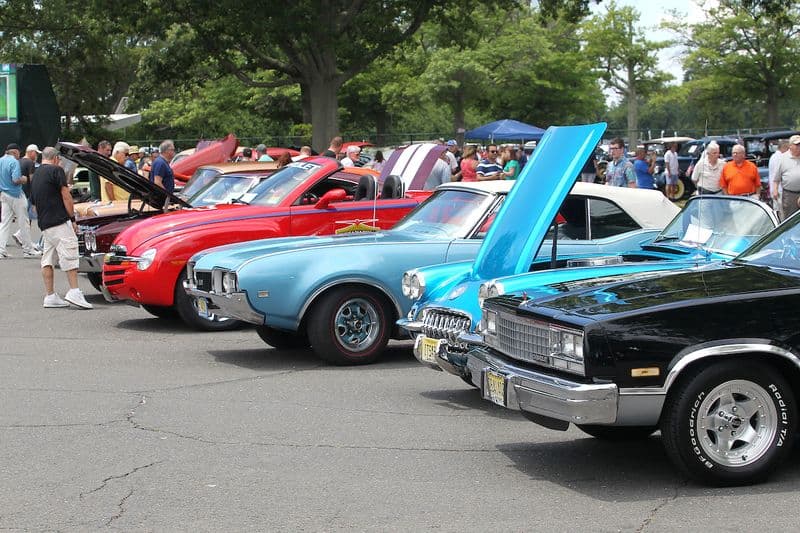
Classic car shows are a celebration of automotive history and craftsmanship. For Boomers, these events represented a passion for timeless design and engineering. Shows were social occasions, bringing together enthusiasts to admire, discuss, and reminisce. The beauty and nostalgia of classic cars, each with its story, captivated many. However, as interests shift and newer generations favor modern vehicles and technology, such shows may become less frequent. Boomers fondly remember these gatherings, but without new interest, they risk becoming a thing of the past.
13. Scrapbooking
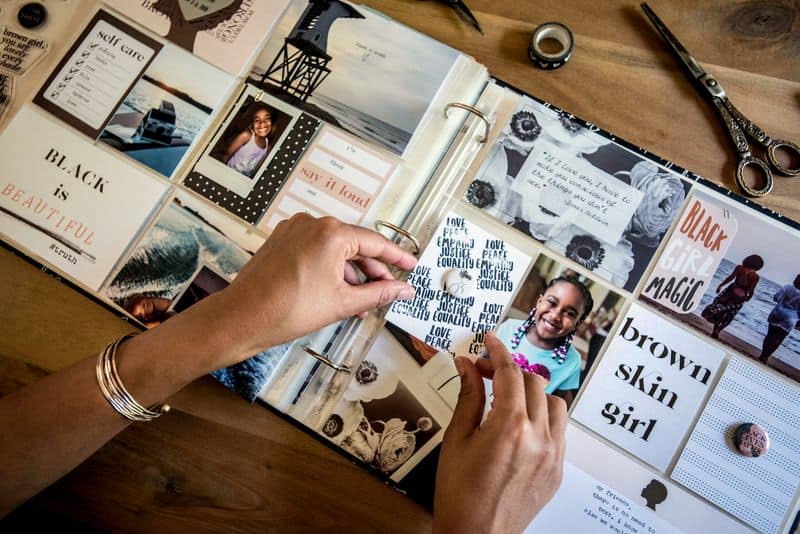
Scrapbooking allowed Boomers to creatively preserve memories, combining photos, mementos, and personal notes. It was an art form that provided a personal touch to storytelling. The process was therapeutic and social, often shared with friends and family. Crafting unique pages for each memory fostered creativity and connection. With digital solutions offering quick and easy alternatives, traditional scrapbooking is less common. The tactile, artistic nature of scrapbooks may soon be a nostalgic memory, as newer generations opt for digital preservation.
14. Festival Parades
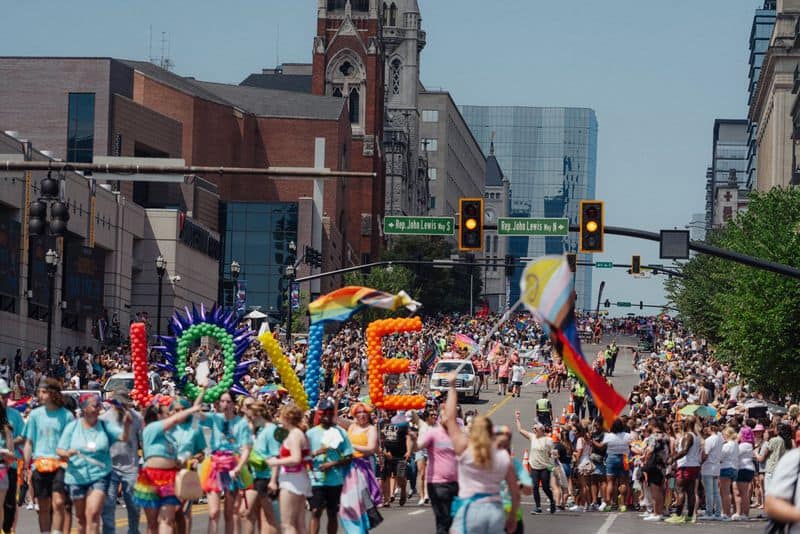
Festival parades were community highlights, bringing people together to celebrate local culture and heritage. Boomers recall the excitement of colorful floats, marching bands, and festive crowds. Parades fostered community pride and provided entertainment for all ages. Today, as urbanization and changing interests influence social activities, such parades are less frequent. The communal spirit and tradition of coming together for parades may become a fond memory for Boomers, as newer generations seek different forms of entertainment. Parades, with their vibrant energy, are cherished by those who experienced their charm.

Well, hello there!
My name is Jennifer. Besides being an orthodontist, I am a mother to 3 playful boys. In this motherhood journey, I can say I will never know everything. That’s why I always strive to read a lot, and that’s why I started writing about all the smithereens I came across so that you can have everything in one place! Enjoy and stay positive; you’ve got this!

